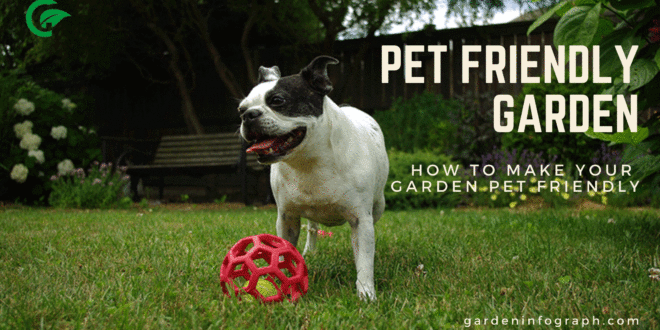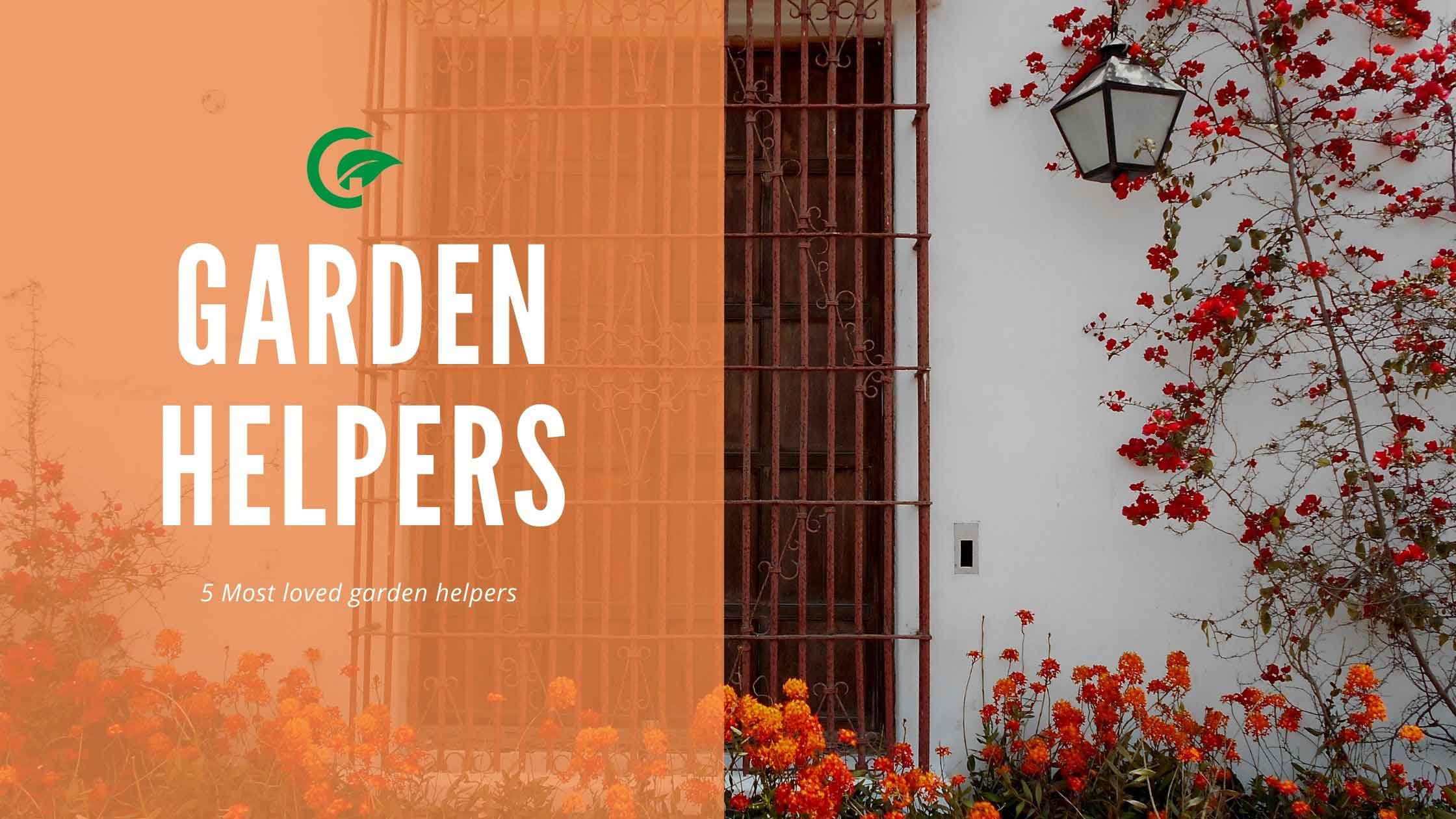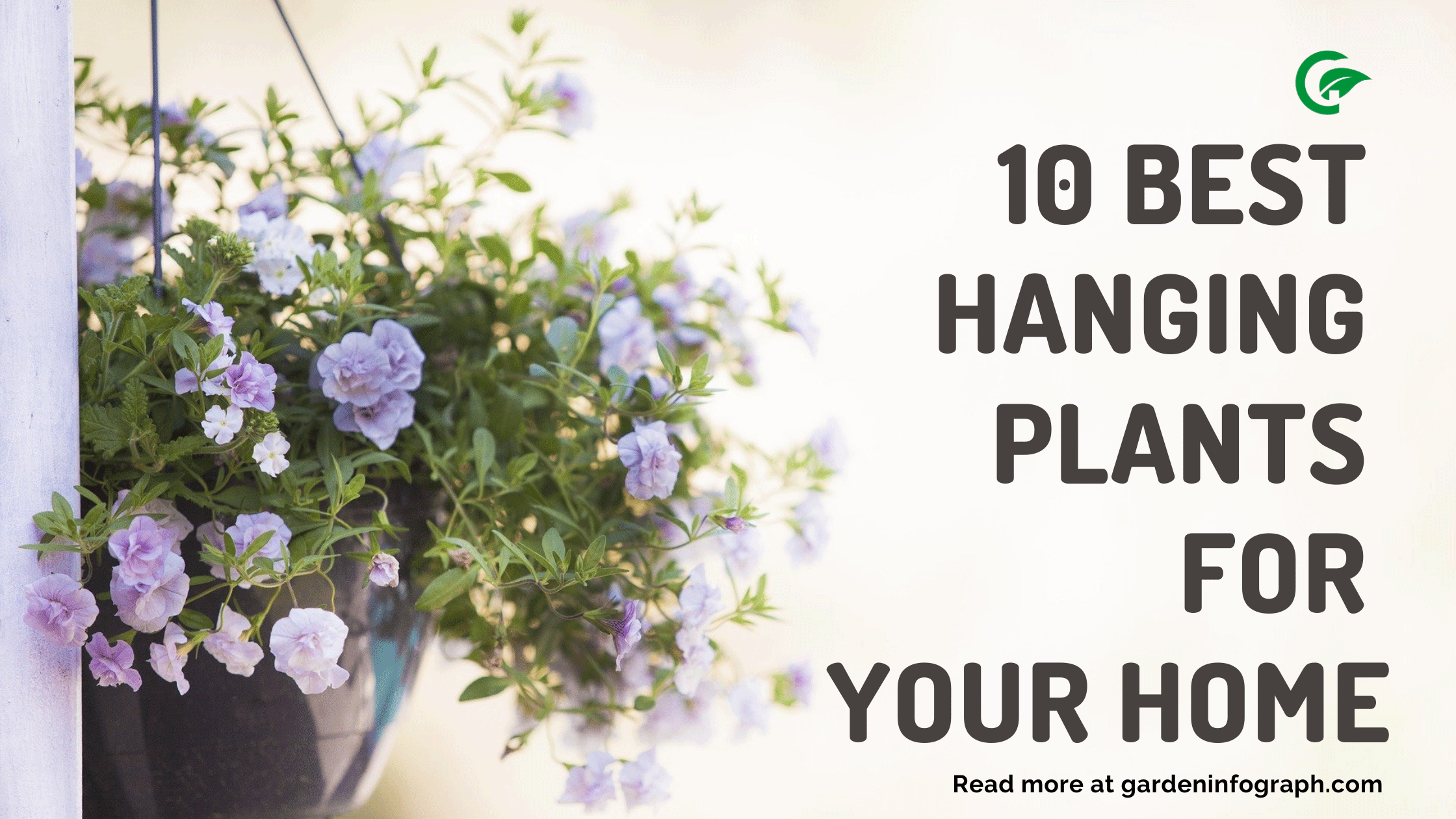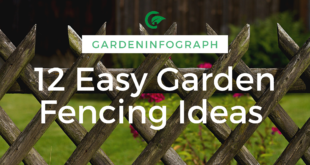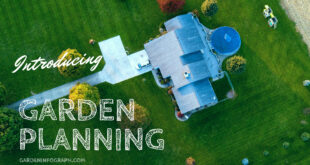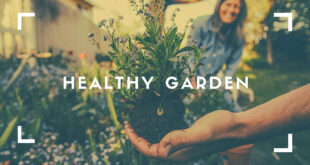Pet friendly garden
It’s not solely human members of the family that get pleasure from our gardens. For four-legged relations, the garden is their out-of-doors territory and their window on the planet. For everyone’s easy mind, the garden has to meet the wants of our pets and be their shelter. The great news is, it is not in the slightest degree tough to create your pet friendly garden!
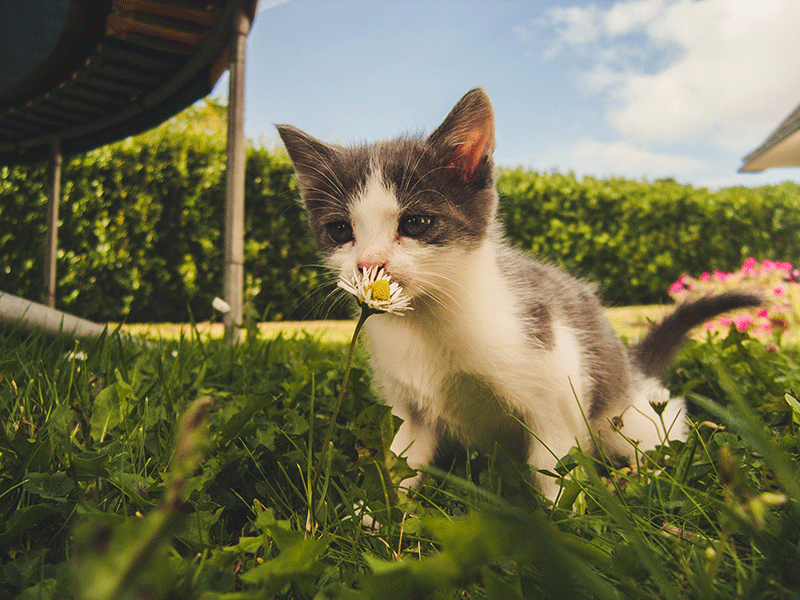
Pets get pleasure from easy pleasures — they love sunny and protected places within the garden wherever they’ll get pleasure from a mid-morning nap, moreover as plentiful vantage points to look at the surrounding planet. Most cats want a scratching post, whereas dogs want somewhere to exercise, aboard a secure fence to stay them within the garden rather than roaming the road or plaguy the neighbors.
Cats that role might have to be confined to a cat run or unbroken inside, particularly in the death of night. Most significantly, all pets that pay time outdoors want constant access to H2O, shade, and shelter from the rain.
Safe planting choices
Many pet friendly garden area units involved concerning whether the plant’s area unit safe for his or her hirsute friends. Whereas some plants are also harmful, it should be noted that most garden plants area unit safe, and so seldom of any interest to your pets. Usually, it’s solely younger animals — particularly puppies and a few kittens — or dogs that area unit bored or lonely which will attempt to chew or eat the plants as they explore the planet around them.
Cats and dogs conjointly get pleasure from grasses of all sorts, Associate in Nursing most cats have an affinity for Nepeta cataria and cat grass. Contemplate planting these treats to stay them happy! Some dogs might chew on branches, sticks, and even woody mulches, which may result in choking or different injuries.
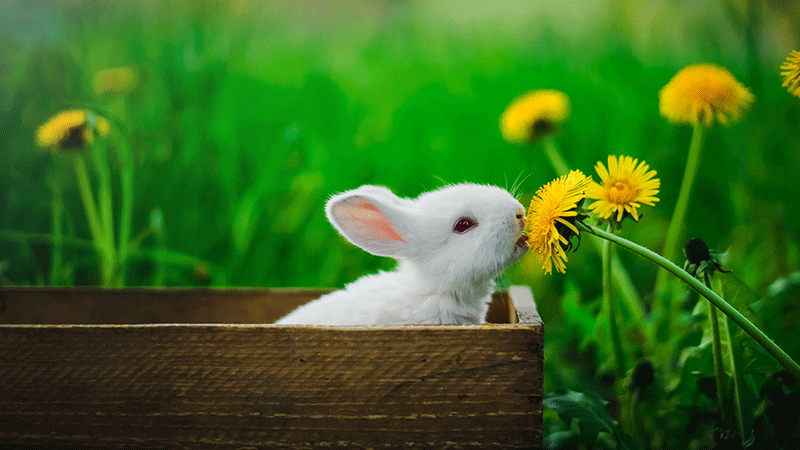
If you notice your pup encompasses a tendency to explore with their mouth, make sure you keep your yard clear, collect, and secure any fallen dust, and if you would like to use mulch, select one that’s less likely to cause problems.
Also read: Some tips for dog friendly garden
Safety with chemicals and merchandise for pet friendly garden
Of a lot of concerns than plants area unit garden chemicals — however, with care, and adequate forethought, you’ll be able to use these safely around pets, too. Some snail and Lutheran baits area unit extremely dangerous for our pets -notably dogs, that area unit usually interested in the baits. Baits that contain metaldehyde will kill dogs — therefore continuously get pet-safe merchandise, and keep all chemicals, even pet-safe ones, keep out of the reach of pets (as well as children).
When applying garden chemicals, even safe ones, keep pets inside until the chemical has dried or has been absorbed by the plant. Continuously follow the applying directions on the instrumentation (for example, even pet safe snail baits should be gently wet and not placed in giant handfuls) and eliminate containers safely, wherever pets can’t notice them.
Some fertilizers — particularly blood and bone merchandise, and a few manures— also are terribly enticing to pets, notably dogs. Several dogs can search out and eat blood and bone fertilizer. Either avoid exploitation of these merchandises if your dog has shown Associate in Nursing interest in them or make sure that the merchandise is mixed into the soil totally, therefore it’s less appealing.
Not solely might intake fertilizer build the dog sick, the dog might harm garden plants in its efforts to find the supply of the fascinating smell that you’ve scattered within the garden! Another garden danger for pets, notable dogs, is plastic containers, like seed punnets and plastic pots.
Several dogs wish to play with and chew plastic things, however, these are brittle and simply eaten. Store empty pots and different containers fastidiously and firmly and don’t let dogs acquire them once you are planting.
Wildlife-friendly garden
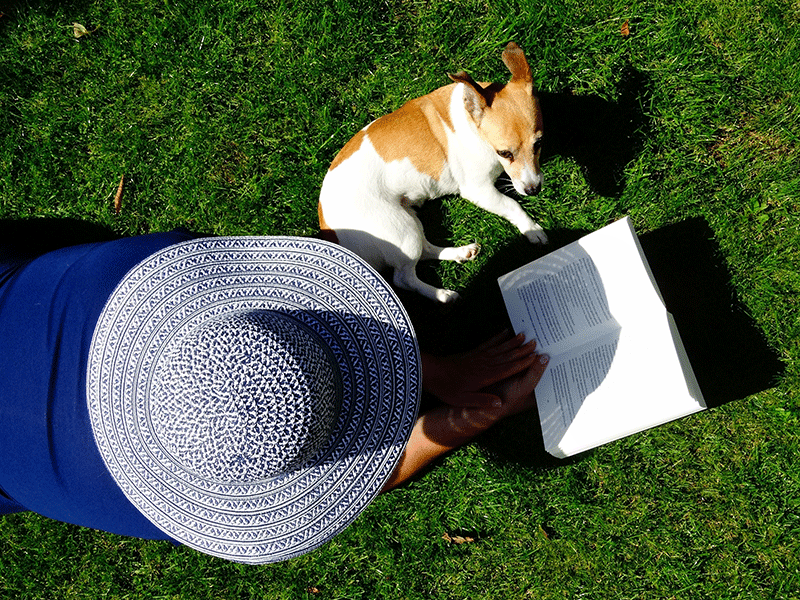
While we tend to work on creating the pet friendly garden, we tend to conjointly get to keep it as safe as the potential for visiting birds and native animals. Birds area unit notably prone to cat predation. If your cat is probably going to attack visiting birds, keep it confined inside, on a balcony, or in an exceedingly secure cat run.
Keep bird feeders and birdbaths out of the reach of cats, and supply escape routes for birds like prickly shrubs, that your cat will not wish to travel close to. Many cats and dogs also are seeming to hunt or chase reptiles, like lizards, and little frogs. Some cats conjointly fish in ponds, therefore if you have got fish, keep the lake reticulum to avoid special fishing expeditions.
Potentially dangerous plants for your pet friendly garden
There be an astonishingly longed list of plants that will be harmful to pets. Some area units extremely cyanogenetic, whereas other area units less cyanogenetic however still probably harmful. It’s value noting, however, that most plants, even dangerous ones, area unit sometimes of no interest to pets — and therefore, the edges of a pet havings access to a garden house and doors exercise so much outweigh issues concerning dangers from plants.
Those plants to observe out for embrace plants with berries which may be enticing to animals. However is also cyanogenetic if consumed, and plants with cyanogenetic sap that animals might chew and that might cause irritation or maybe poisoning. Some bulbs and seeds also are cyanogenetic to pets, though the above-ground a part of the plant might not be dangerous, therefore continuously store bulbs and seeds safely before planting.
Some plants might result in skin allergies upon contact. For instance, the monocot genus is one to be cautious of with dogs because it could be a skin pain in the ass. Terribly thorny, or friary plants can also be dangerous at eye level. Plants with sticky, or prickly seeds — like forget-me-nots, bindii, and a few rush like weeds — may also be harmful to pets, because of the seeds might stick in their coats or paws. Grass seeds can also implant in dogs, ‘ skin or ears.
Here area unit some plants that area unit best avoided in an exceedingly pet-friendly garden as components of them, together with the bulb, stem, flower or fruit, is also harmful to cats or dogs: succulent, avocado, azaleas, bird of paradise, asteroid dicot genus (yesterday, these days and tomorrow), Chad, cyclamen, liliopsid genus, dracaena, gum trees (eucalypts and others), hellebores, hydrangea, some indoor plants, ivy, lilies (Lilium), oleander, onion, poinsettia, sweet peas, tulips, daffodils, and most bulbs, and plenty of common weeds like oilseed, monocot genus, a poisonous plant, and bindii. For a lot of info and an intensive list, the R SPCA offers an incredible resource.
If you want to know about any specific pet breed please visit Petsgyan
Here at garden infograph we try to bring in front of you many relatable topics like health benefits, garden care and many more that are can add up to a healthy diet in your homes to keep your family and friends healthy. Some topics that we have covered are garden planning guide, how to keep your garden healthy, foods to hydrate your body, air purifying plants, garden care, how to plan yours garden, design your own landscape and you will find many more
Pin it:
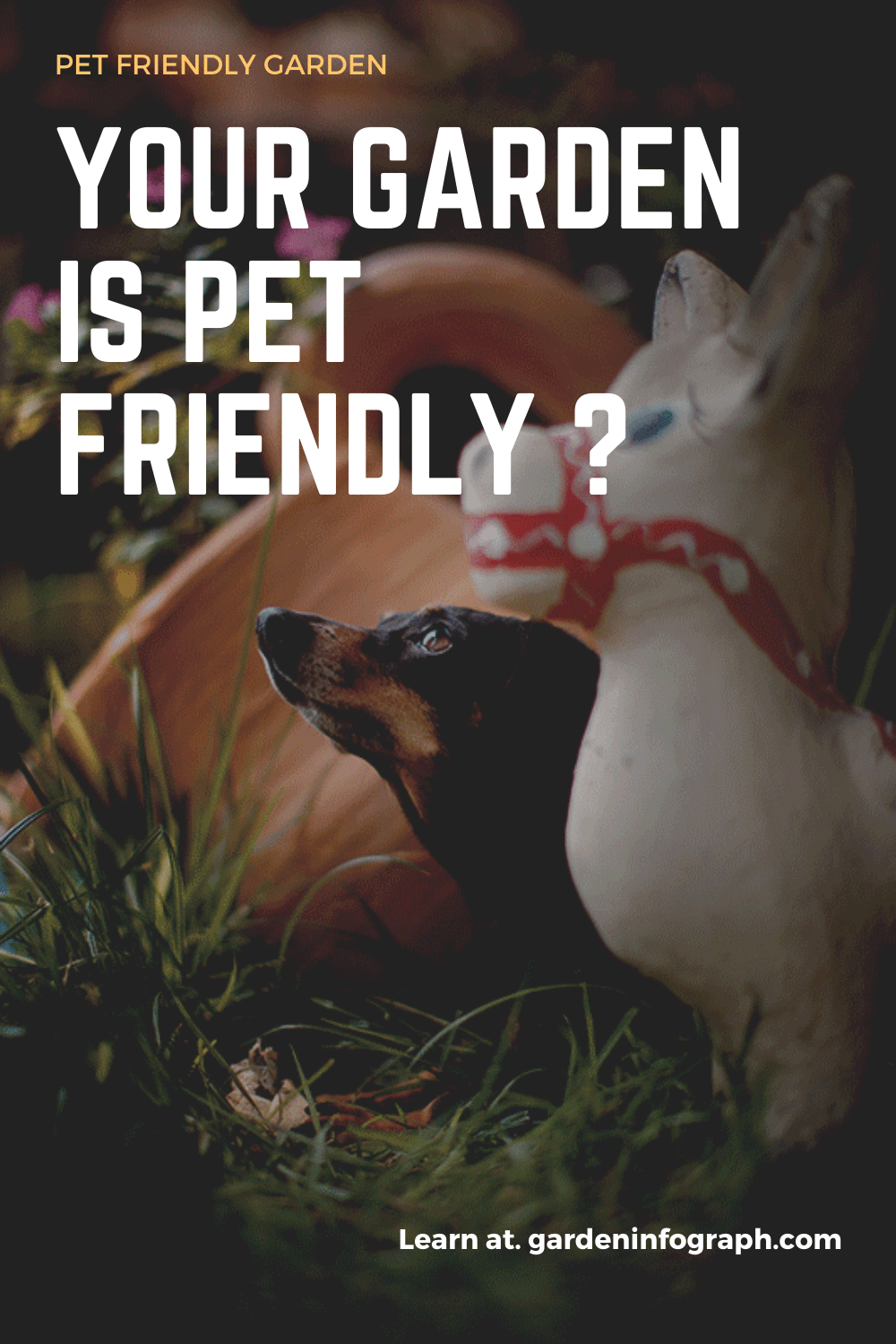
 Garden infograph We provide our best experinces about plants
Garden infograph We provide our best experinces about plants
